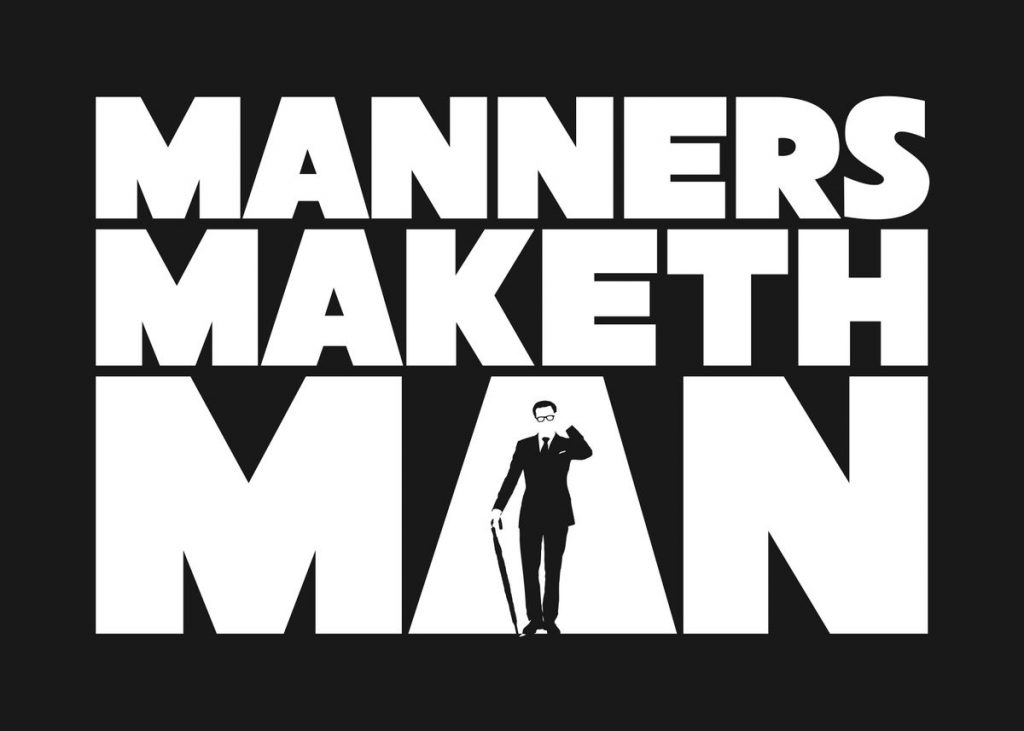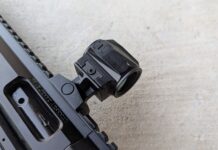
Well. They help.
Study after study has confirmed that, with most things being otherwise equal as far as skill and familiarity, modern optics make for better shooters. Period.
Both the Army and Marine Corps of the United States and armed forces worldwide saw significant qualification score increases by adding modern (at the time) ACOG and dot optics. They’ve both since transitioned to adding LPVO optics, even the Airforce is adding 1-6’s to their M4’s.
Optics matter. Optics allow shooters to get more out of their rifle. Optics simplify the shot process.
A skilled shooter can shoot without them, we have for centuries at this point. But a skilled shooter can equally make use of the advantages optics bring. Making the shot process easier helps the novice and the expert alike. Most people cannot take advantage of the maximum effective range of their rifles until and unless they can effectively see targets that far.
Shooting 500 yards on the USMC qualification range, with irons, is all well and good. But that is a known (and large) target with a good backdrop (black on white). The hardest part of the longer distance shots is making certain you shoot at your lane’s target and not the one to the left or right of your lane. It can be done with irons.
Optics, however, especially magnified optics give you more data on the target and a greater ability to discriminate positioning for your shot. It won’t improve your ability to complete the shot but it will give you a closer look at the information you need to do that. The same concept applies forward to the NGSW-FC optic Vortex won. It makes it easier to complete the shot by giving you more of the information you need, but the fundamentals are unchanged.
Put optics on your rifles.



